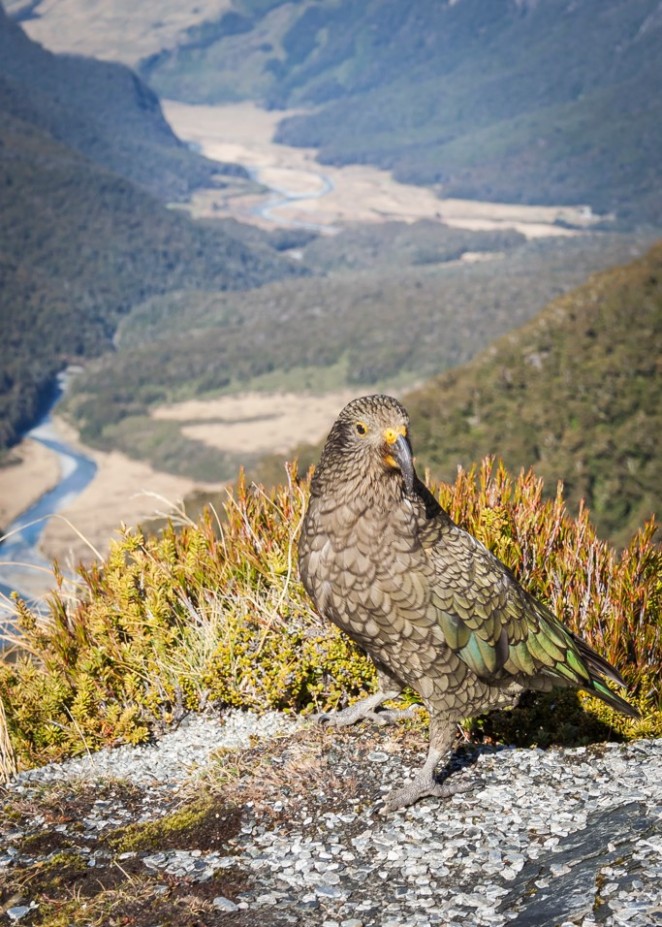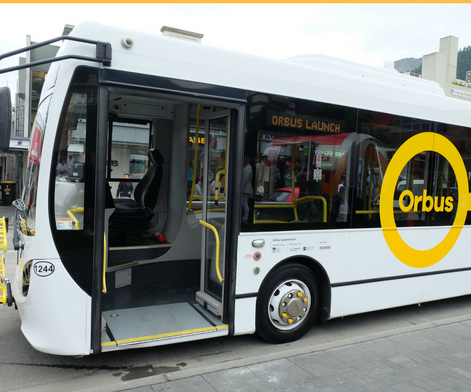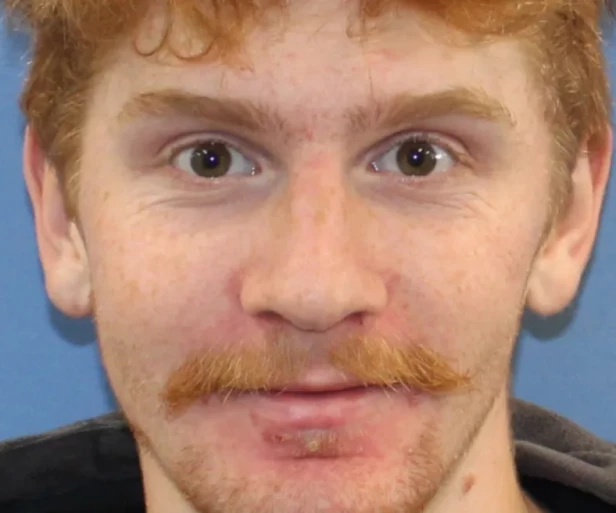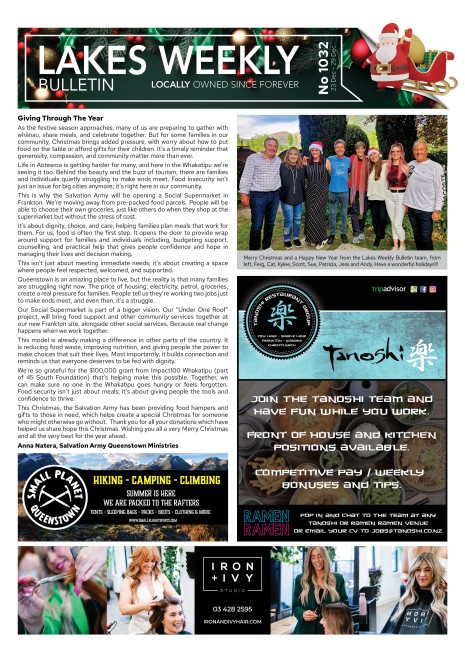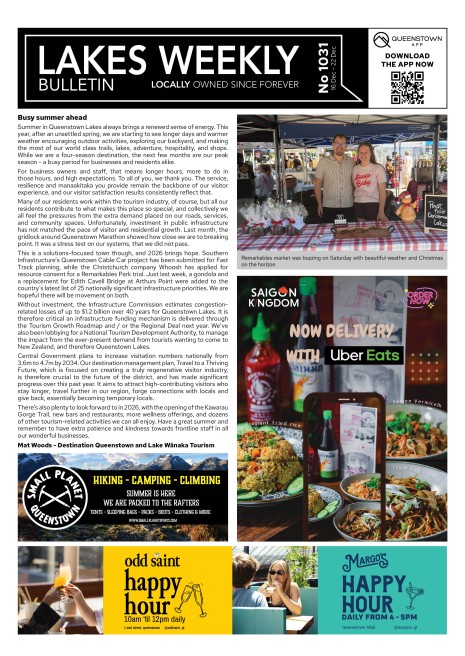Feral cats on the rise in New Zealand
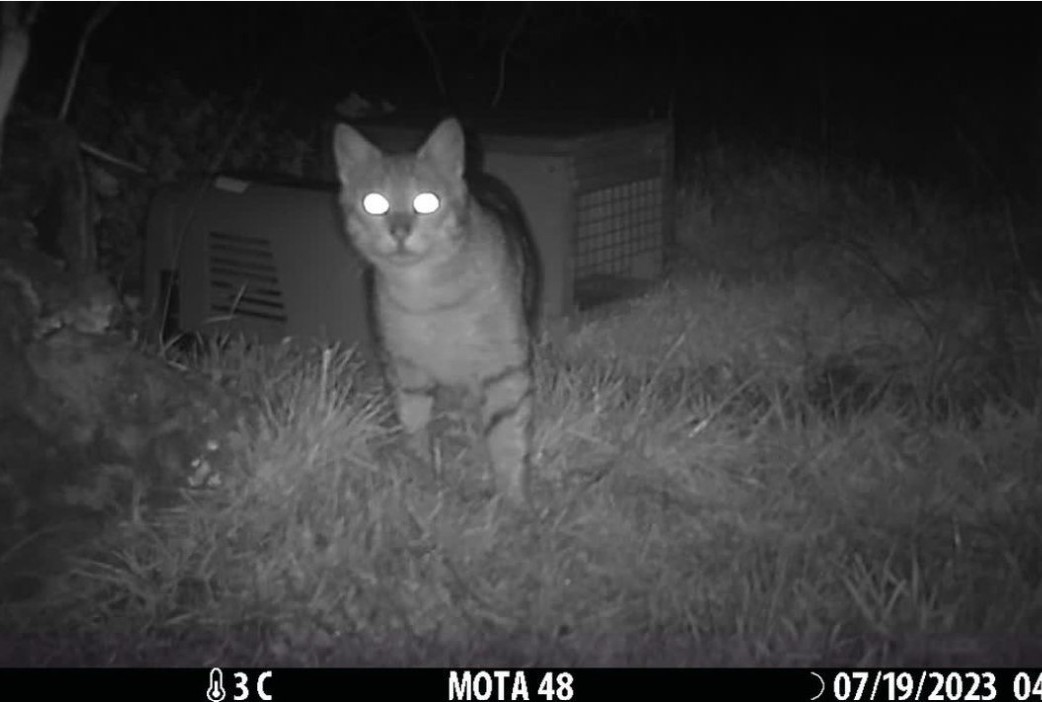
Conservation organisation Southern Lakes Sanctuary is calling for the inclusion of feral cats in the NZ Government’s Predator Free 2050 strategy.
More than 2.5 million feral cats now reside in Aotearoa, and this record number continues to rise every week.
Southern Lakes Sanctuary project director Paul Kavanagh says urgent funding is required to humanely control the pests, which are a significant threat to the country’s native birdlife and are responsible for the extinction of native birds including the Stephen Island wren, and endangering iconic Kiwi birds such as the kea.
The non-profit charitable organisation is facing a funding cliff of June 2024.
"The reproductive potential of a single female cat is estimated at 300 kittens in her reproductive lifetime," he says. "This means the feral cat population is increasing significantly every week, and we need to ramp up our efforts to control these populations to save our native taonga species."
The NZ Government has confirmed a review of the Predator Free 2050 strategy will take place in 2024 under public consultation. The inclusion of feral cats would generate more funding to enable Southern Lakes Sanctuary to increase resources and continue their crucial conservation work.
Southern Lakes Sanctuary humanely captures and kills feral cats in the Southern Lakes region. The feral cat population is self-sustaining – they do not rely on humans to survive and are generally located in remote areas.
Male feral cats captured in the South Island high country usually weigh about 3.75kg but can weigh up to a whopping 10kg.
"It’s important to distinguish the difference between types of cats," Kavanagh says. "We are absolutely not talking about domestic, companion cats here, or stray cats, which depend on ad-hoc human interaction. We are trying to decrease the widespread population of wild, feral cats which are destroying our endangered birds and reptiles."
The humane trapping and killing of feral cats is a skilled task only undertaken by staff who have extensive training. The SPCA acknowledges, via a Position Statement on the organisation’s website, that feral cats are considered a pest and the SPCA supports the justified humane population management.
Kavanagh says that the Southern Lakes Sanctuary is careful not to endanger any domestic cats and updates in technology make this entirely possible.
"Some of our traps have a daytime excluder to reduce the likelihood of catching pets, and we are investigating getting a microchip feature which would override the trap if detected," he says.
"We also focus on live trapping to mitigate the potential risk to companion cats, and we meet with local homeowners to see what their companion cats look like. However, we are trapping in remote areas where the risk of encountering a companion cat is extremely low."
A kea stands on a rock. Photo: Geoff Marks
Southern Lakes Sanctuary project director Paul Kavanagh
